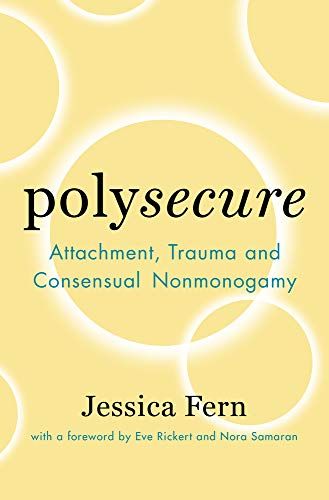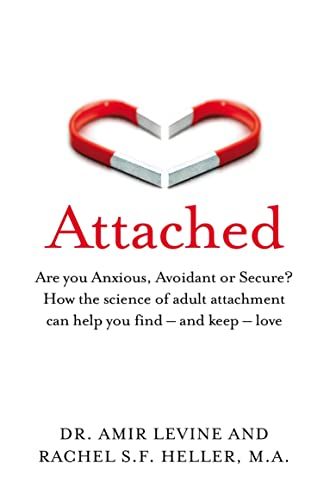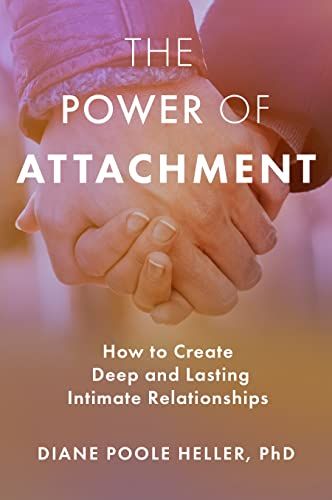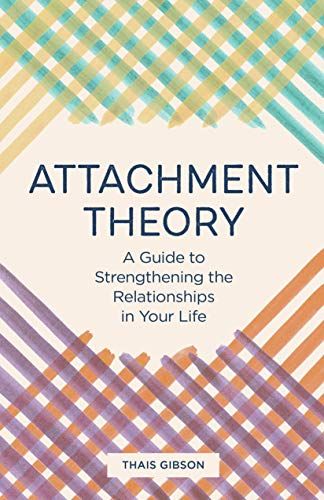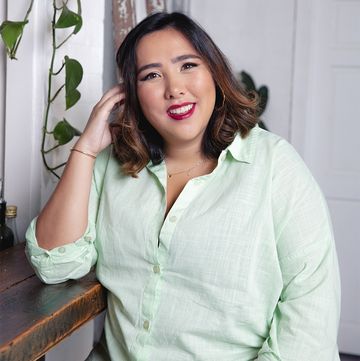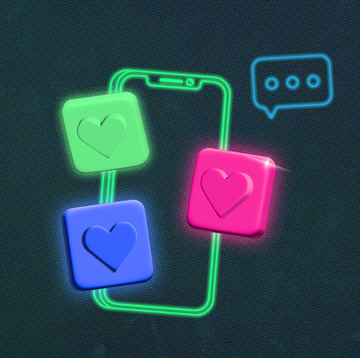Your attachment style can play a big part in how you make and maintain relationships: even if you don't know what yours is yet. There are three main attachment styles: avoidant attachment, anxious attachment and secure attachment. Your style can impact how you behave in a relationship, how secure you feel with a partner and how you display affection.
Attachment styles can stem from childhood, but there is plenty you can do to understand your style and help pave the way for healthier relationships in future.
So what does it mean to have an avoidant attachment style?
What are attachment styles?
Your attachment style determines how you relate to your partner in a relationship, but interestingly this is actually established in early childhood through your relationship with your parents.
"Attachment styles develop as a result of the bonds we make with our primary carers (usually our parents) when we are young babies," explains Relate counsellor Holly Roberts. "Attachments are formed with our parents because they give us support, protection and care, and we also learn how to manage our emotions based on how our parents interact with us," she adds.
You might not even realise it, but all of this then stays with you once you enter relationships as an adult.
What is an avoidant attachment style?
Having an avoidant attachment style means you avoid emotional intimacy. "Closeness in a romantic relationship will be avoided at all costs," explains Holly - which can of course pose problems.
This is particularly because you've become very used to being independent throughout your life. For someone with an avoidant attachment style, "connection with others is not seen as necessary, and you will often prefer to be on your own rather than with others," says Holly.
So where does a romantic partner fit into all of this? Holly says, "in relationships, avoidant people may see their partners as needy or clingy, because they're not used to managing emotions or understanding how to behave when relationships become too close."
However, just because you avoid emotional intimacy, it doesn't mean that you don't still need emotional support from a partner or from other people in your life. "People with avoidant attachment may say they don’t want emotional support, but they'll reach out in more subtle ways to try to get people to notice that they do actually need help," Holly explains.
So if you recognise yourself doing this, it may be because you're avoidant.
Where does an avoidant attachment style come from?
Just like other attachment styles, an avoidant attachment style usually comes from your relationship with your parents or your primary caregivers in early childhood.
Avoidant attachment specifically "develops in response to parents being emotionally unavailable or unresponsive to their children," Holly explains. For example, if your parents lacked empathy for you as a child or didn't respond to your need for closeness and affection, then this might lead to an avoidant attachment style.
It can also be linked to receiving 'tough love' as a child. For instance, "you might have gone to your parents for love when you hurt yourself as a child, and they instead encouraged you to 'pull yourself together,'" says Holly.
Plus, physical affection can be an important factor. "Affection from your parents might have been a pat on the head or a gift as a gesture of their love, rather than a physical expression [like a hug]," Holly explains.
Because of this, Holly says that in adulthood you might now find yourself more inclined to greet people with a handshake, for example, instead of a warm hug.
Who should you date if you have an avoidant attachment style?
Understanding your own attachment style means you'll have a better idea of who might be good (or bad) for you to date depending on their attachment style - and who you should avoid completely.
Although, of course, you probably won't know someone's attachment style until you've seen a little bit of their behaviour (especially if you're strangers) - unless they're clued up too and are able to tell you themselves.
These are the three combinations of attachment styles for an avoidant person, and how a relationship made up of each combo is likely to play out:
Avoidant + avoidant: Two avoidants are probably unlikely to date, as they'll both be trying to swerve intimacy. And if they do, it could cause problems. Though an avoidant person may not want to make it known that they need emotional support, they can subtly reach out for it in other ways - but they're unlikely to receive anything from an equally as avoidant partner.
Avoidant + anxious: "An avoidant and anxious attached relationship is unlikely to work well," says Holly. This is down to the anxious person chasing intimacy and affection, and the avoidant person running away from it. So, not exactly a successful combo.
"It's like a game of cat and mouse, with the anxious person always trying to get closer and the avoidant person always trying to run away," Holly explains. Plus, a relationship between an avoidant and an anxious partner can even make things worse for both parties. "The closer the anxious partner wants to get, the further away the avoidant person will become," says Holly. "One behaviour triggers the other and it’s hard to ever meet in the middle."
Avoidant + secure: A relationship between an avoidant and a secure person might start off well. "The secure attached partner will be able to withstand the distance the avoidant partner needs," says Holly. However, that doesn't mean the secure partner will be able to deal with it long-term.
"Over time the distance may become too great. The avoidant partner may not be able to offer the attention, affection and closeness the secure partner needs and it can cause problems if both partner's needs aren't met," she explains.
How can you work on your attachment style?
Now that you've established your attachment style, how can you try to become more secure and less avoidant or anxious?
Holly explains that those without secure attachment styles tend to seek a partner who can meet the emotional needs that they can't meet themselves. So, the answer is to work on meeting your needs yourself, so you aren't relying on a partner to meet them for you.
For example, if you're avoidant, you might need to work on learning how to let others in, says Holly. "The first step is to identify the negative patterns you always follow, and to interrupt them in a positive way."
Given that attachment theory comes from psychoanalysis, talking therapy can be a great place to work through your attachment style and how it might manifest in relationships. If therapy isn't possible for you at this time, there are plenty of books which might help.
This includes Attached: Are you Anxious, Avoidant or Secure? How the science of adult attachment can help you find – and keep – love, the best-selling book by Dr Amir Levine and Rachel Heller which popularised attachment theory.
If non-monogamy or polyamory are more your bag, you can turn to Polysecure: Attachment, Trauma and Consensual Nonmonogamy. This book by poly psychotherapist Jessica Fearn expands on existing attachment theory to explain how it might play out if you have more than one sexual or romantic partner.
Above all, it's important to remember that there's nothing "wrong" with you: but developing greater self-awareness of your emotional responses and how you relate to others will always be a positive.

